“Imagine if you went to one of your friends and said: ‘How would you like me to dress so you would like me better? … How would you like me to speak so you’ll like me more?’… And your friend will tell you, ‘Just be yourself. That’s what I like about you.’” —Simon Sinek
In part 3, “Understanding the Methodology,” I talked about how our steadfast commitment to our methodology and only doing what works has made us an arbiter of truth in an industry rife with get-fit-quick hacks. This commitment is the principle behind our authenticity.
Authenticity, Simon Sinek says, is doing and saying what you actually believe. CrossFit has had this in spades because, in my opinion, what we believe grew out of what we do and how we do it.
In the last few years we have seen the rise of fitness franchises like F45, Orange Theory, etc. These competitors have tried to replicate what we do. Sometimes, they may come up with something that looks vaguely like CrossFit. But all you have to do is step into one of their gyms or read their “About” page and you will know they are nothing like CrossFit. They see the ecosystem and try to replicate it, but they don’t understand the methodology that drives our results or the ethos that is born authentically out of it.
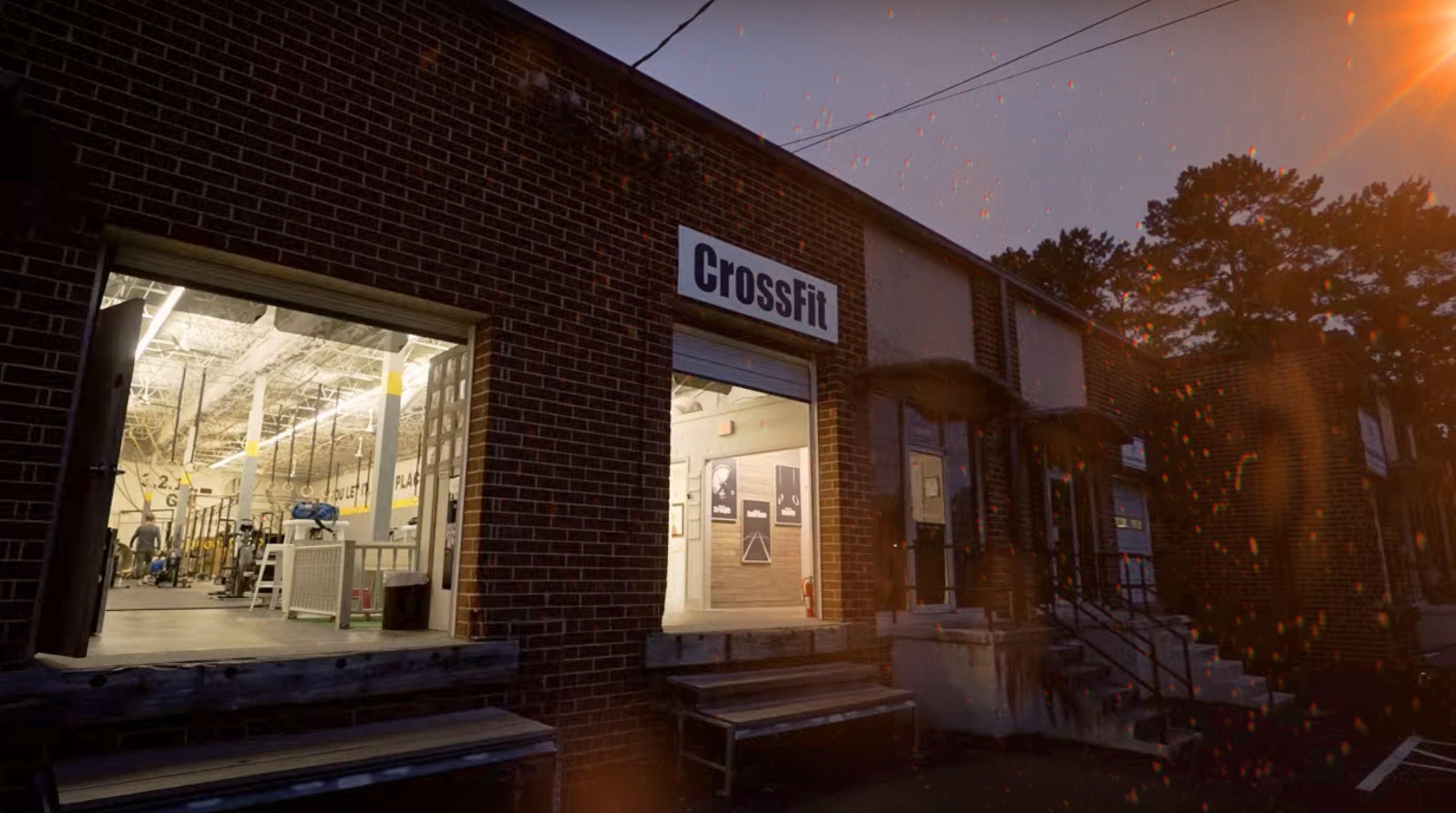
Ethos is a Greek word meaning “character” and can be used to describe the guiding beliefs or ideals that characterize an individual or a culture or community. It’s another way of saying, “This is who we are.” If you want to know what defines the CrossFit brand, turn to our ethos. And if you want to know what defines our ethos, turn to the methodology.
It’s important to recognize the ethos that has come to characterize our culture did not come from a focus group or strategy session. We did not run a “values” exercise to come up with our values. Nor did we ask fitness fanatics at large, “What do you value?” or, “What should we do or not do so you will like us more?” Instead, the CrossFit ethos developed organically from the methodology. What we believe was born authentically out of what we do and how we do it.
This means our measurable, results-based methodology is inextricably linked with the things that make us uniquely us: what we believe, what we value, and how we do things. But what does this actually mean?
I believe the ethos can be best understood by examining CrossFit’s prescription and the values that have very naturally developed out of it — values that have come to characterize CrossFit and the CrossFit community.
These values include things like results, personal responsibility and accountability, belonging, humility, camaraderie, service, integrity and excellence, work ethic and discipline, resilience and grit, humility, and virtuosity.
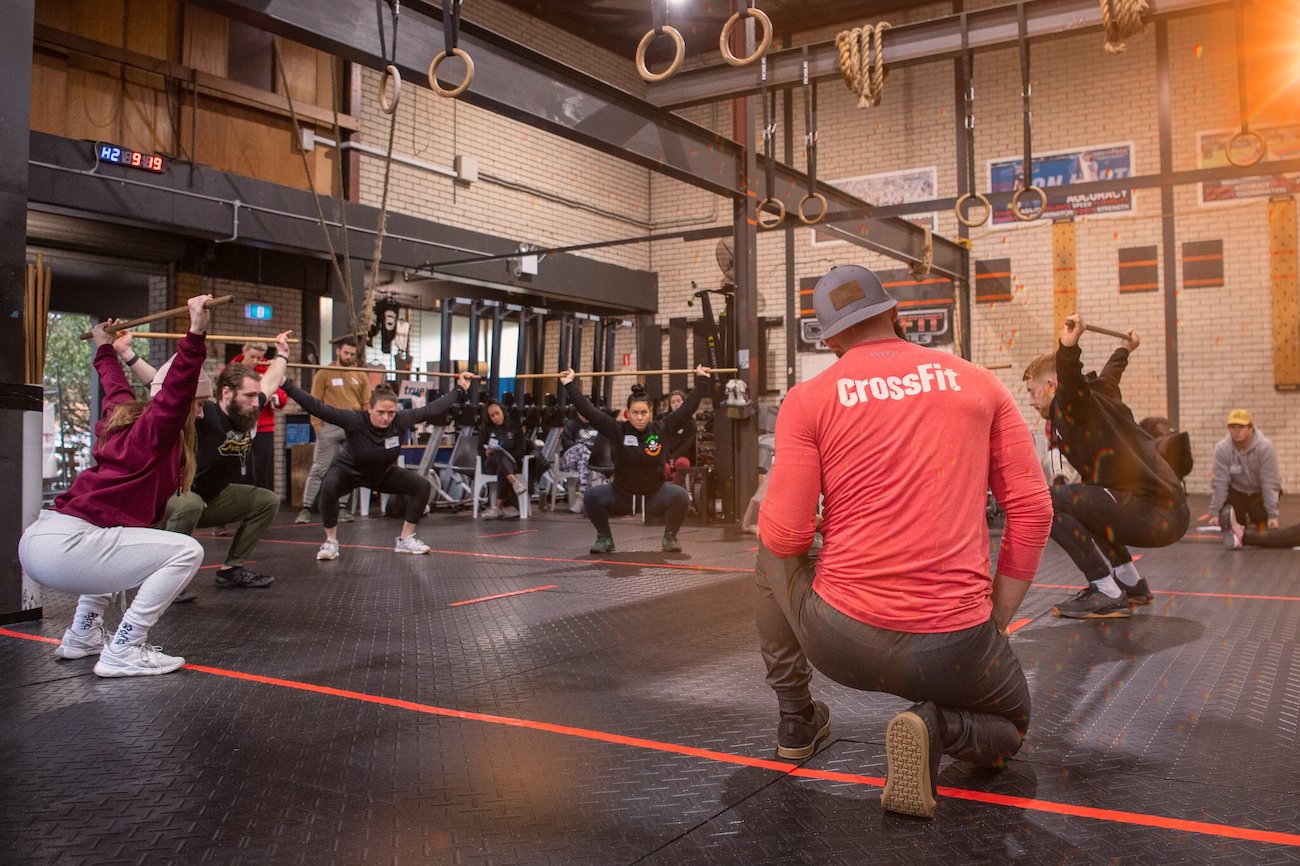
Results
Results are at the crux of what we do. We use what we know works. If we do not know it works, if we cannot prove it based on measurable, observable, and repeatable results, we will not try to sell you on it. Our quantification of fitness leads to a no-bullshit (i.e., honest and transparent) approach to fitness and health.
Accountability
Your effort in the gym is measurable. We have turned fitness into sport using a whiteboard as our scoreboard. We ask you to record your results to measure progress, and we ask you to share your results with coaches and with each other to help support that progress. This is tied to results, but it also develops accountability.
The whiteboard drives effort and is a place where everyone gets to see, scaled or not, that we did the same workout, and in the act of sharing how each of us did that day, we make ourselves vulnerable. Effectively, we say, “This is what I had in me today, for better or for worse.” There is no hiding. It takes courage to do this, day in and day out. You cannot hide or deflect; you take responsibility for where you are on any given day. This approach fosters a community built on deep accountability: personal responsibility plus courage.
Belonging
CrossFit has surprisingly exacting resources and tools at its disposal for creating healthy individuals and communities. One of them is the opportunity to work so hard in front of one another that we lose, and witness others losing, some semblance of the death grip on our tidy, protective layers. In the gym, we work hard in front of others to the point where we’re not sure we can do it — finish the workout or not, pick up the weight again, or jump back up on the bar. In our workouts, there’s the chance of failure, but we do it anyway, and we share that effort and the outcomes of that effort with others who have just experienced the same thing.
This is the recipe for creating connection and camaraderie. There is no posturing, just genuine, solid effort — and the willingness to cheer each other on. Through this process, we are reminded of our shared humanity. It breeds connection. It creates a space where we feel more welcome and free to be ourselves — a space where we belong.
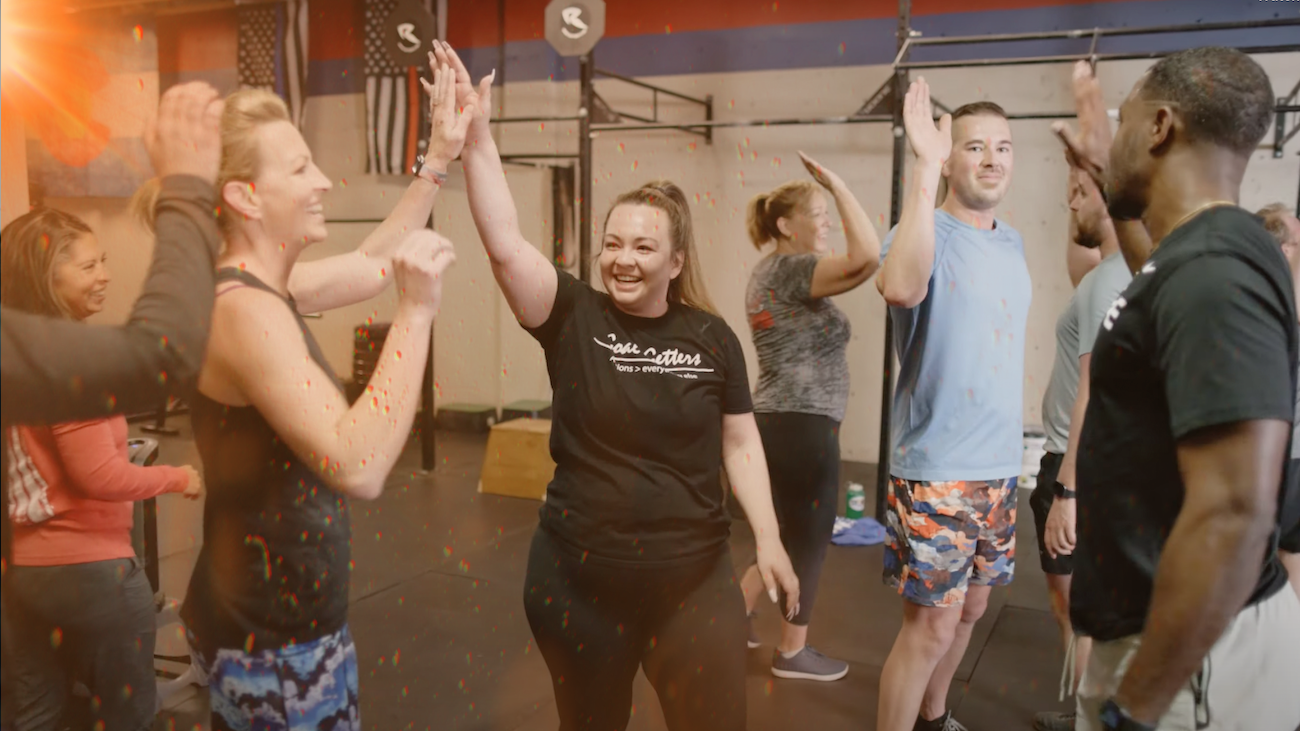
Camaraderie
It’s been said that CrossFit is not for everyone, but it is for anyone. Not everyone will want to put the work in, but for those who do, the results will follow. This is true for CrossFit Games hopefuls, Olympic-level athletes, and our parents and grandparents alike.
In every “What Is Fitness?” lecture at every Level 1 we say, “The needs of Olympic athletes and our grandparents differ by degree, not kind. One needs functional dominance, and one needs functional competence.” Therefore we do not change programs; we simply adapt the program to a person’s physical and psychological tolerances and capabilities. In this way, everyone knows the challenge everyone has faced, albeit relative to the individual, and that shared suffering or striving creates a bond between us.
No one ever told the fittest to go over and cheer on the rest. No one ever told the CrossFit Games fans to be one of the most engaged groups of fans in sport. It just happened. It happened because everyone knows from firsthand experience the effort required to do what you’re doing; they know the dedication, the commitment, the grit.
The camaraderie isn’t manufactured. It’s innate and genuine.
Service
In our CrossFit classes we do not face mirrors, because it is not about what we look like; it’s about what we can do. Instead of looking at ourselves, we face the coach and we face each other.
The CrossFit experience is built on the coached workout. This is not your typical “follow along and face the instructor” as everyone only watches themselves in a wall full of mirrors. The coach briefs the workout, instructs the movements, and then coaches the class to ensure everyone is moving well, using the right loading, and pushing themselves appropriately. The coach is coaching in a way that is much more akin to the sports coach than the fitness instructor. And class participants are much more like teammates at a practice than they are like automatons imitating an instructor in an aerobics or cycling class. Furthermore, we have almost nothing in common with the isolating self-in-mirror relationship of the bodybuilding big-box gym culture.
At the highest expression of their craft, our coaches are leaders. They are not trained to say, “Look at me”; they are not there to show you how fit they are and how good they look. Their work is about service. The focus is on how fit they can make you. Similarly, our members are watching each other, whether to learn, be inspired to push harder, compete, or simply lend encouragement and support.
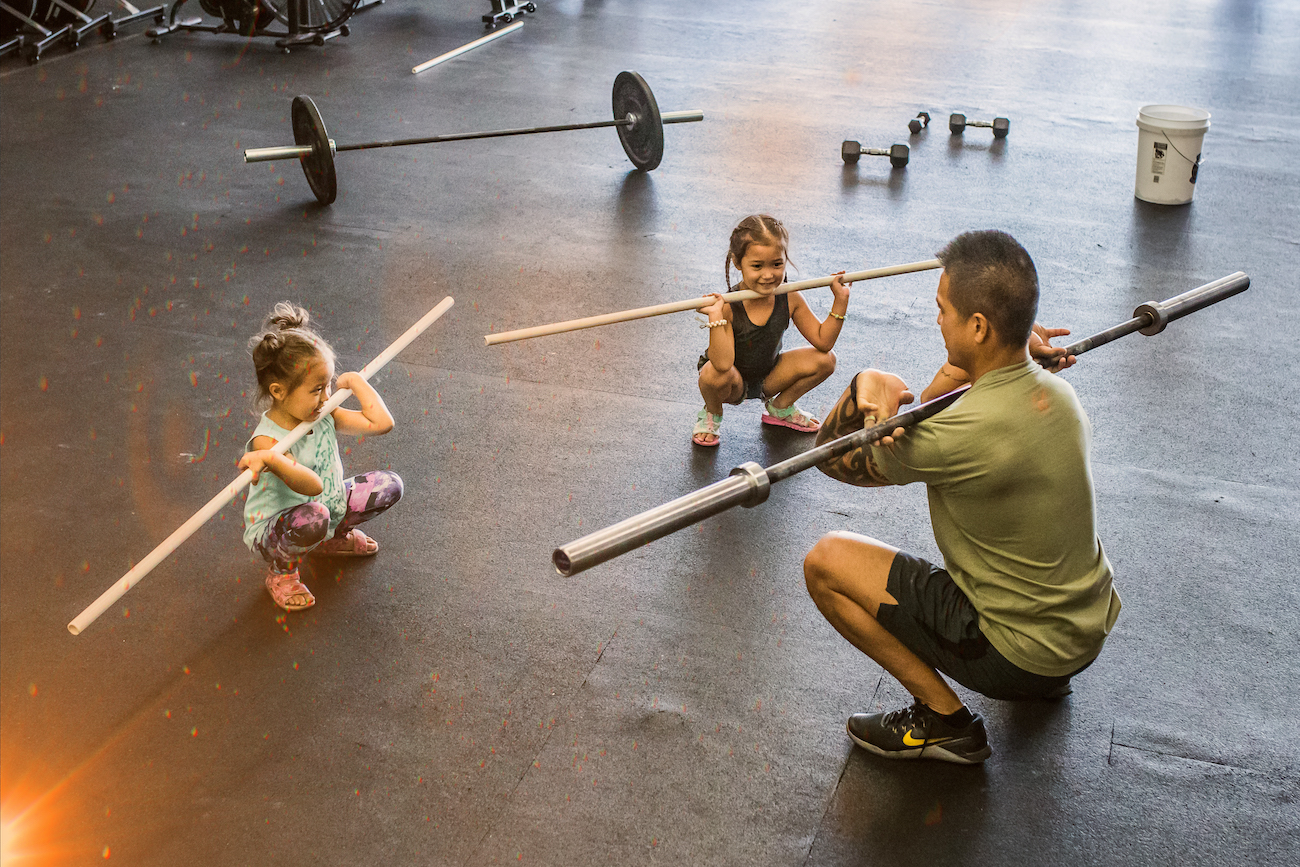
Humility
Think about the demands of our methodology: constant variance across broad time and modal domains; optimizing fitness across skills and drills, adaptations, energy systems, etc. There is always a chance that something will show up in a workout that we are not very good at. Our weaknesses are exposed regularly, and this means to progress we need to do a bunch of stuff we are not good at — and often. And just when we think we are “that good,” something shows up, some flaw we’d not noticed or known before. This keeps us humble as individuals and as a community.
Integrity and Excellence
We have a very important charter for working with athletes to optimize results: mechanics, consistency, and then intensity. This charter is the single most important guide for how to implement and apply CrossFit’s constantly varied functional movements executed at high intensity in service of increased work capacity across broad time and modal domains. It’s essential for optimizing the safety, efficacy, and efficiency of the program.
In practice this means we want you to do it right first and foremost. Focus on moving correctly to keep yourself safe (and keep others safe if you are a coach) but also to get the most out of the time and effort you are putting in with us. We are not sticklers for moving well because we want to rain on your effortful parade. We are sticklers because we know you will get more out of your effort and stay in the game longer when you do it right. This not only optimizes the efficacy of the program; when this is fully embraced, it cultivates a culture devoted to integrity and excellence.
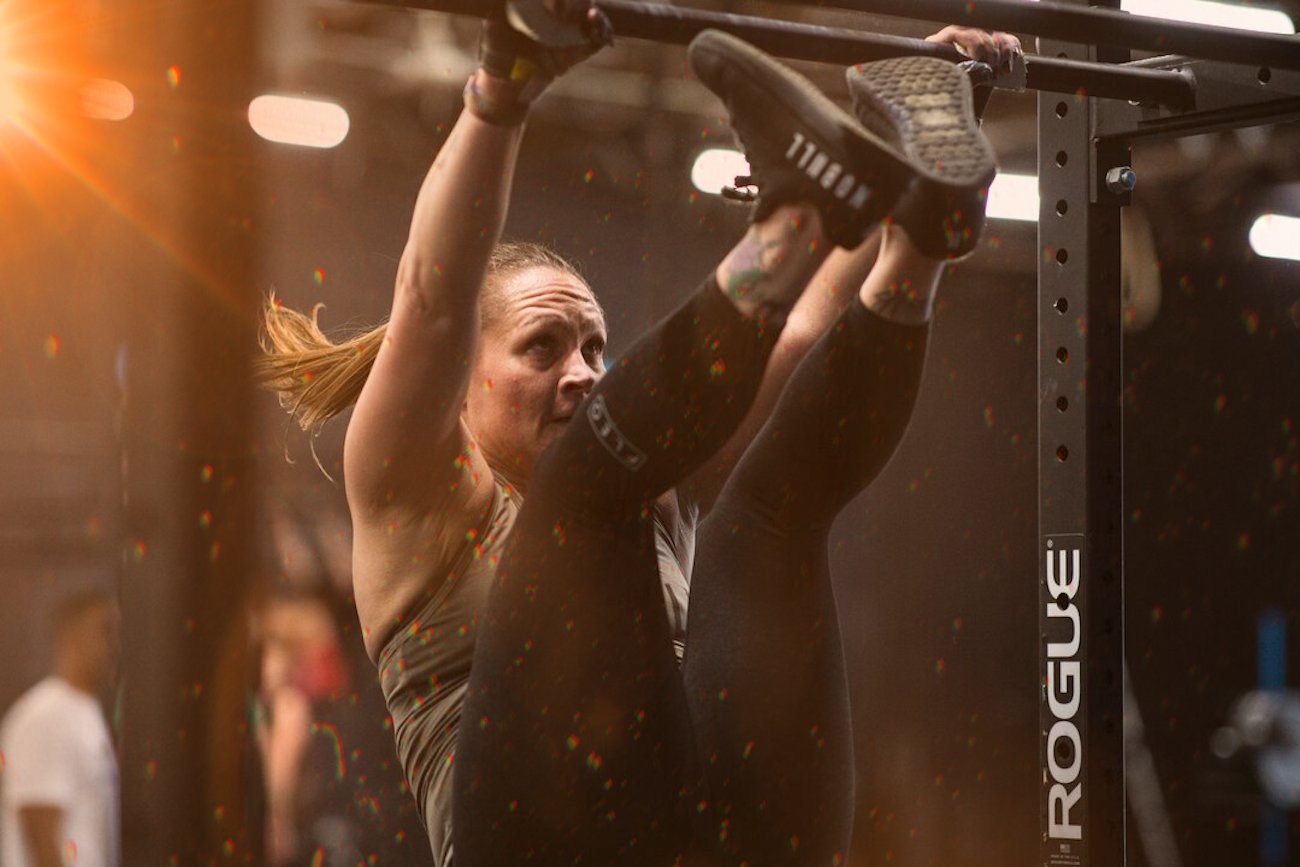
Work Ethic and Discipline
You have to show up and do the work. Consistency is one part of our linchpin charter: mechanics, consistency, then intensity. If you’re committed to results and your results are measurable, snake oil and fitness hacks quickly lose their luster. With us, you just need to make the choice each day to be consistent with both exercise and diet. Do that and you will get results.
Once again, this value builds the culture. It attracts people who know that things get better when they put in the effort — people who share an appreciation for hard work and self-discipline.
Resilience and Grit
If you want results, intensity is necessary. No matter what you want from a fitness program, intensity will get you there. It’s built into the equation we use to measure work capacity and drive adaptation (force x distance / time). In other words: You have to lift more, travel a longer distance, and do it all in less time in order to drive results.
In practice, this looks like consistently pushing a bit harder than you might want to or getting more than a little uncomfortable. But the more you do this, the greater the adaptation will be.
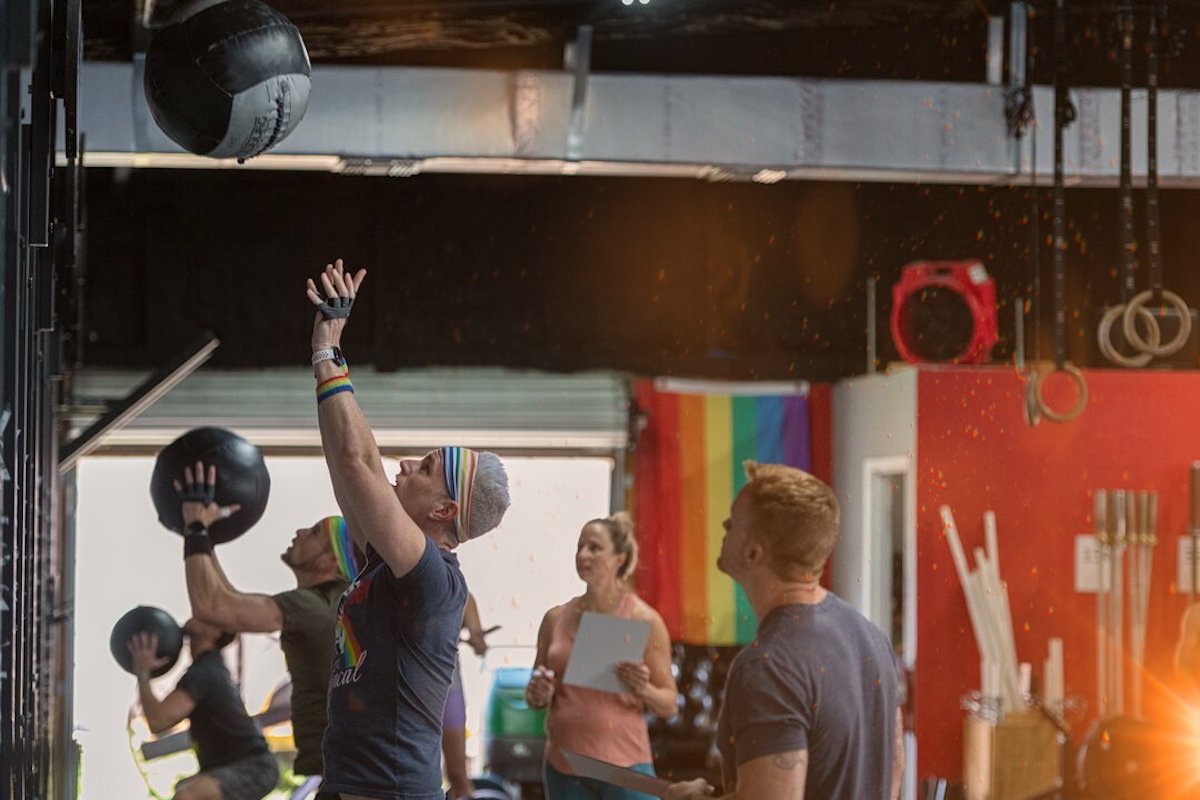
Showing up and consistently doing any kind of movement or exercise is valuable. Showing up and consistently doing CrossFit at tempered intensity is better than most things. But showing up and giving each workout as much as you’ve got in you that day — letting the clock, whiteboard, the coach, and the people around you drive you to dig deeper than you thought you had in you that day — this is where the magic is (and the science, too).
In a world that often valorizes comfort and convenience above all else, CrossFit trains you to get comfortable with being uncomfortable. You get to experience the one-for-one reward of effort and results. This develops resilience and grit that are transferable to every aspect of life. And it nurtures a culture where discomfort is welcomed for the benefit it brings rather than avoided.
Virtuosity
In the pursuit of optimizing the safety, efficacy, and efficiency of our program, we use threshold training. One of Greg’s favorite anecdotes at Level 1 courses goes something like this: “‘Coach, do you want me to do it right? Or do you want me to do it fast?’ ‘Yes. Both. I want both.’” Why? Because this is how we optimize adaptation. It is how we optimize safety, efficacy, and efficiency.
Technique matters. Full range of motion equates to improved functionality, both in terms of flexibility and mobility, as well as a longer distance traveled. Better technique is more work in less time (eventually).
This insistence on movement quality in the face of also trying to go faster gets us results, but it also does something else. It affords even us not-so-athletically-inclined gym-goers a taste of the pursuit of mastery. It develops composure and virtuosity — that is, it gives us the chance to do the common uncommonly well.
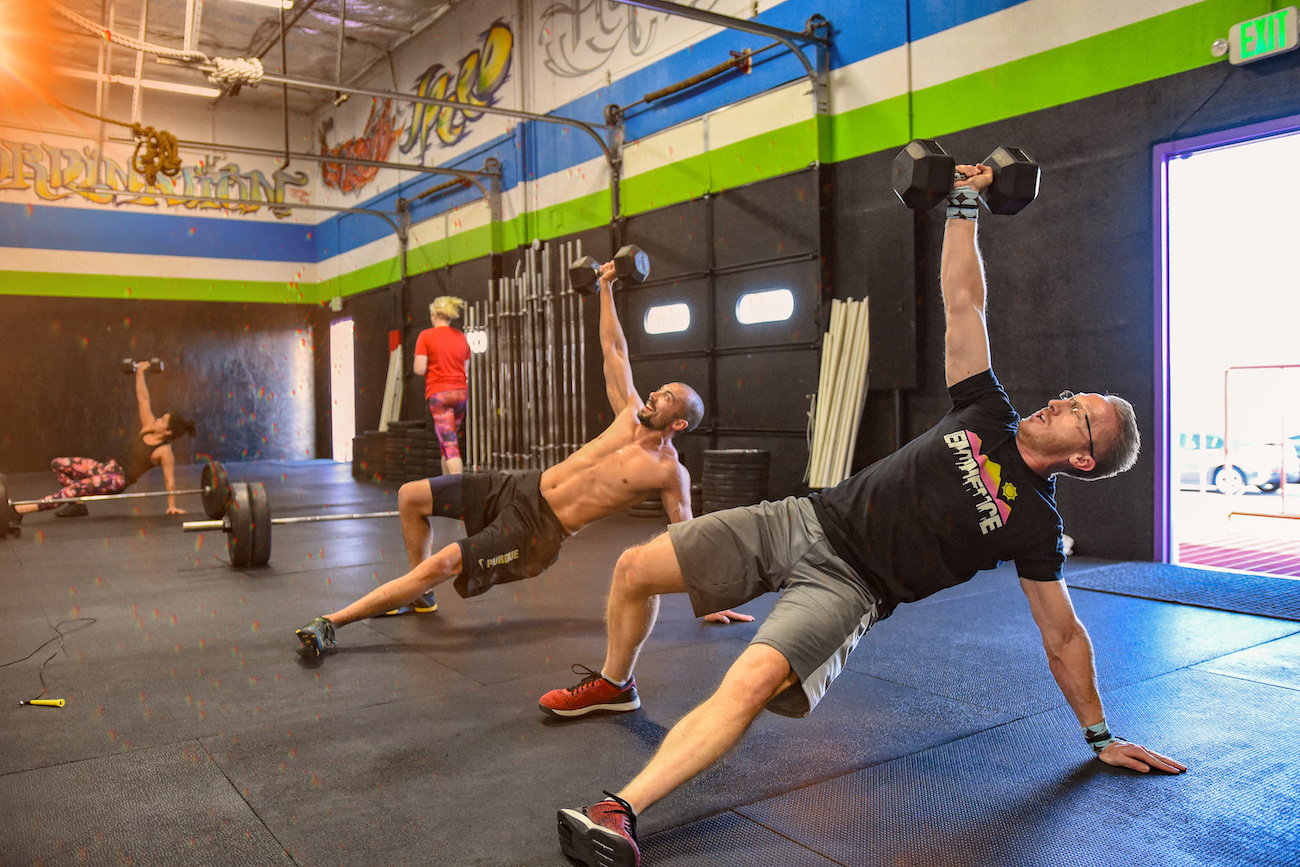
Everything Good About CrossFit Has Grown out of the Methodology
CrossFit’s ethos and methodology can’t be separated. Our culture and values grew organically out of the methodology. And in practice, our ethos and methodology reinforce each other in a virtuous cycle.
Our ethos was born out of the initial objective of CrossFit: to develop a broad, general, and inclusive fitness. It came from seeking to advance human performance. It came from defining terms and demanding transparency. It came from turning fitness into sport. It came from the methodology, implemented in service of results. This is what fostered the ethos that has bred the culture and community everyone recognizes as CrossFit.
To protect our ethos, we must protect our methodology. If you miss or dilute a single piece of the methodology, you start to lose its efficacy, its “magic.” In other words, you don’t just mess with the methodology, you mess with our ethos. You mess with the very heart of who we are and what we are recognized for.
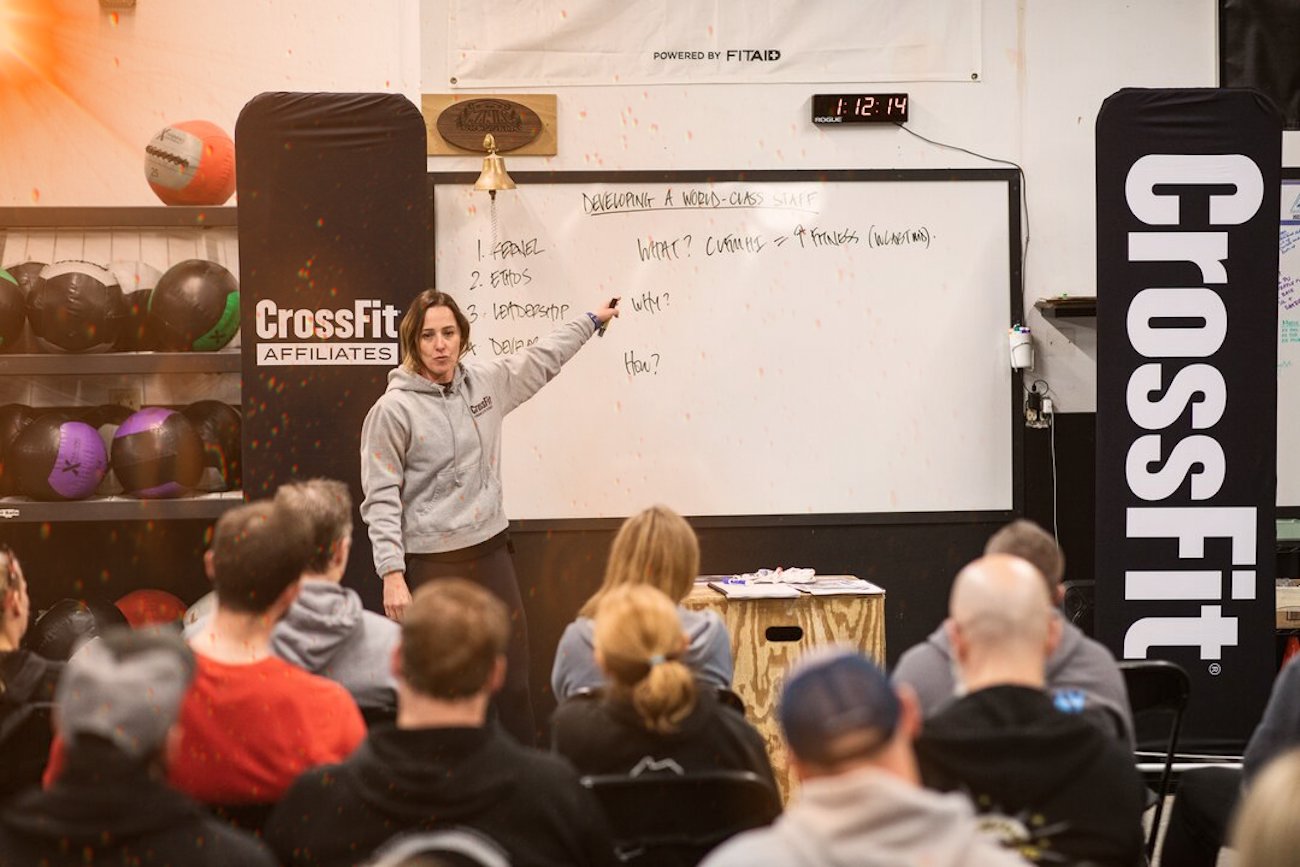
Imagine, for example, that we stopped measuring results. Suppose we stopped putting points on the whiteboard because it intimidates some people or makes some people feel bad. You can easily see how all the values would fall apart like a house of cards:
- We’d lose our understanding of what truly works and end up adopting unproven methods.
- We’d lose our accountability because we’d no longer have to display the courage and personal responsibility to own our results, to tell the world, “This is what I had in me today.” Instead, we’d be able to hide.
- We’d lose our strong sense of belonging and camaraderie because the connection that comes from sharing our effort and the outcomes would be gone.
- We’d lose a critical tool our coaches use in the service of helping us reach our fitness potential.
- We’d also lose the community-driven inspiration and lessons we get from fellow athletes’ results.
- We’d even lose some of our resilience and grit because we aren’t being held accountable to push ourselves, to dig deeper and drive adaptation with intensity. Without data, we’re just guessing at how hard we’re working.
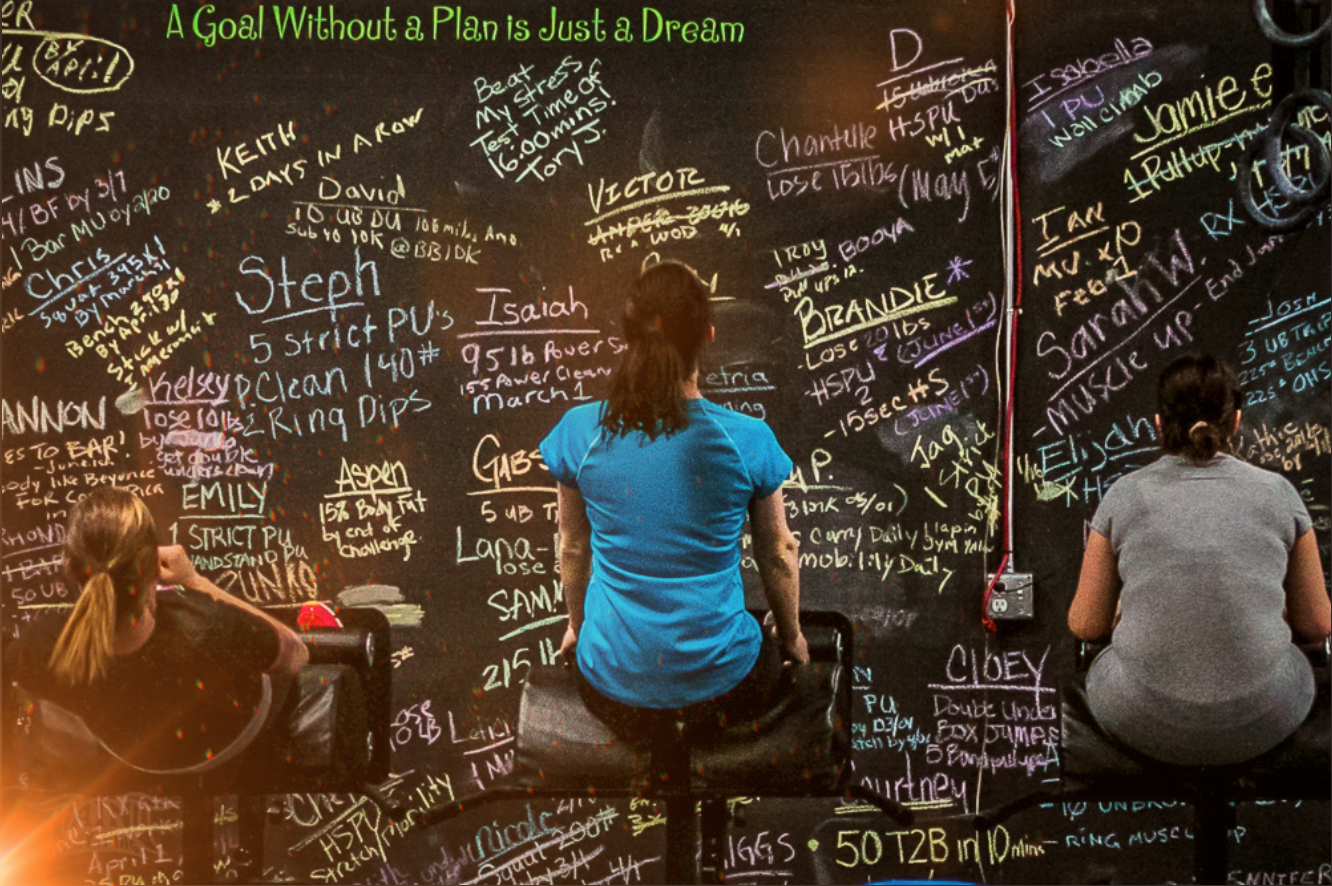
We Must Protect Our Methodology and Ethos at All Costs
As business leaders, affiliates, coaches, or anyone involved in the CrossFit community, it’s imperative we understand the link between what we do, how we do it, and the culture that is born of it.
If we don’t, we could unwittingly dilute the potency of our program.
This is not to say there isn’t room for individuality, experimentation, or evolution. For example, affiliate owners and coaches will naturally put their own unique stamp on things, and they will be part of the mass experiment from which best practices emerge. A large part of the program’s beauty is that this is welcome and enabled by a set of operating principles (i.e., the kernel), not a set of franchise-like dictates.
But for all of us involved in the CrossFit brand, we must understand and appreciate these core tenets of what makes CrossFit uniquely and breathtakingly effective. And we must protect and uphold these things, even as we grow.
In doing that, we ensure the magic of CrossFit will reach those who need it for years to come. And that when they receive it, they get the full benefit of the undiluted potency of this program, just like we did.
Comments on The CrossFit Ethos
I love this series of articles. It reinforced my love for Crossfit all over again. And it gave me phrases and ideas on how to encourage people around me to share the magic of Crossfit with me. Thank you so much!
Very well done Nicole. Very well done indeed.
Nicole, thanks for such a well reasoned and well articulated article. This should be required reading for every L-1 candidate so that they are clear about the expectations and the weight of training others in the CrossFit Methodology!
This so wonderfully describes why I devoted the last seven years of my life to Coaching. Thanks for this great piece!
I wanted to wait a few articles to post this thought to see if it wasn't just a one-off, but one of the themes I've noticed in this series so far seems to be highlighting things that make CrossFit better than the competition, and my thought to that is: seriously, who is really in competition with CrossFit? Orange Theory? I haven't even heard of F45. To me, because the methodology is so freaking sound and the ethos is so strong, our only competition is ourselves... which is ironic considering individually that's why we put our names and results on the whiteboard. Just like Michigan doesn't really have to claim they're a better football program than Central, Eastern, Western, and Sparty, I don't think CrossFit has to pay any mind to what other fitness programs are doing. If anything external merits the term "competitor" I would think it would be along the lines of what Coach was fighting against Big Soda and broken/corrupted science. As usual, though, I assume I'm not seeing as full of a perspective as someone like Nicole would see. I'm in a little bubble here in Madison Heights.
Other thoughts:
Humility - I know I've said it before in some rants, but I just don't understand how someone can do CrossFit and not be humble. Dunking on someone? Yeah, that would feel great, tell them they're too little! Throwing a perfect touchdown pass? Also would feel great, do your celebration (unless it's enough to warrant a flag). Smashing a home run? Go ahead and do your bat flip. Hit a pr in Elizabeth or Abbate? Ha... see how much you feel like celebrating. Oh, you really want to brag about your Barbara score? You want to go ahead and demonstrate that for me? Didn't think so.
Accountability - I never really thought of the whiteboard in that way, but I'm really glad it was brought up here. I have been slacking on keeping our whiteboard up-to-date on the regular, non-benchmark workouts, and this is a great reminder to pick the effort back up.
I never realized the point made about mirrors either, so that was dope.
The main theme I'm seeing in this series so far is that everyone that does CrossFit needs to take ownership in CrossFit itself. I'm behind that completely. For me, that would mean not getting sour when I feel a loss of the "good ol' days" vibe or when a spinoff of a Girls workout comes up, or when a workout demo shows bad form or not going outside in cold weather. I also think that means that I need to start to make sure the Champions Club peeps get a better understanding of the big picture of CrossFit, of articles like this.
To protect our ethos, we must protect our methodology. If you miss or dilute a single piece of the methodology, you start to lose its efficacy, its “magic.” In other words, you don’t just mess with the methodology, you mess with our ethos. You mess with the very heart of who we are and what we are recognized for.
Great stuff Nicole! Thank you for taking the time to write this series!
This is a great article.
Well stated Chris.
I use a whiteboard in my garage gym----no one else will see my times or weights, but I will. It keeps me accountable and I love it. Did not quite make that CTB this AM? I need to no-rep myself and do another one correctly, no matter what the clock says.
I'm so thankful for mainsite/HQ---this is my virtual box--to hold me accountable and get a sense of the community.
Mad respect for you solo CrossFitters. I am not as diligent as I need to be now that I mostly work out my myself. You guys are studs for doing this as long as you have!
Nice...extra rant? You're on point as usual dude.
Thanks for the chuck-up my man. Been training solo in general for the last 24 years, and CF almost exclusively since I started in earnest in 07. The methodology and ethos have best fit my own ethos ('character' as Nicole stated) and erratic professional demands in function, time and locations. I love the variation as I never get bored unlike workouts I did prior to finding CF. Plus, there have been a number of folks over the years who have asked if I wanted to workout together, but when I give them the what and when I do it they usually only show up for the first session. They don't usually come back because they don't really want to put in the work.
I promote CF to my subordinates, peers, and supervisors on the regular. They ask if today is a workout day and I tell them 'yeah, it's a training day'. "Training for what" they ask? My reply is usually: "Life...to always be ready for the next fight - to be ready for whoever, whatever, wherever, whenever". CrossFit is hands down the best training for just that in my opinion.
Personal accountability (a.k.a. ownership) is the crux in improving yourself in any regard.
Great stuff Lincoln. You, Mike, Mel, and crew on the main site comments hold me accountable on my solo workouts, as well as the Champions Club peeps.
The CrossFit Ethos
12